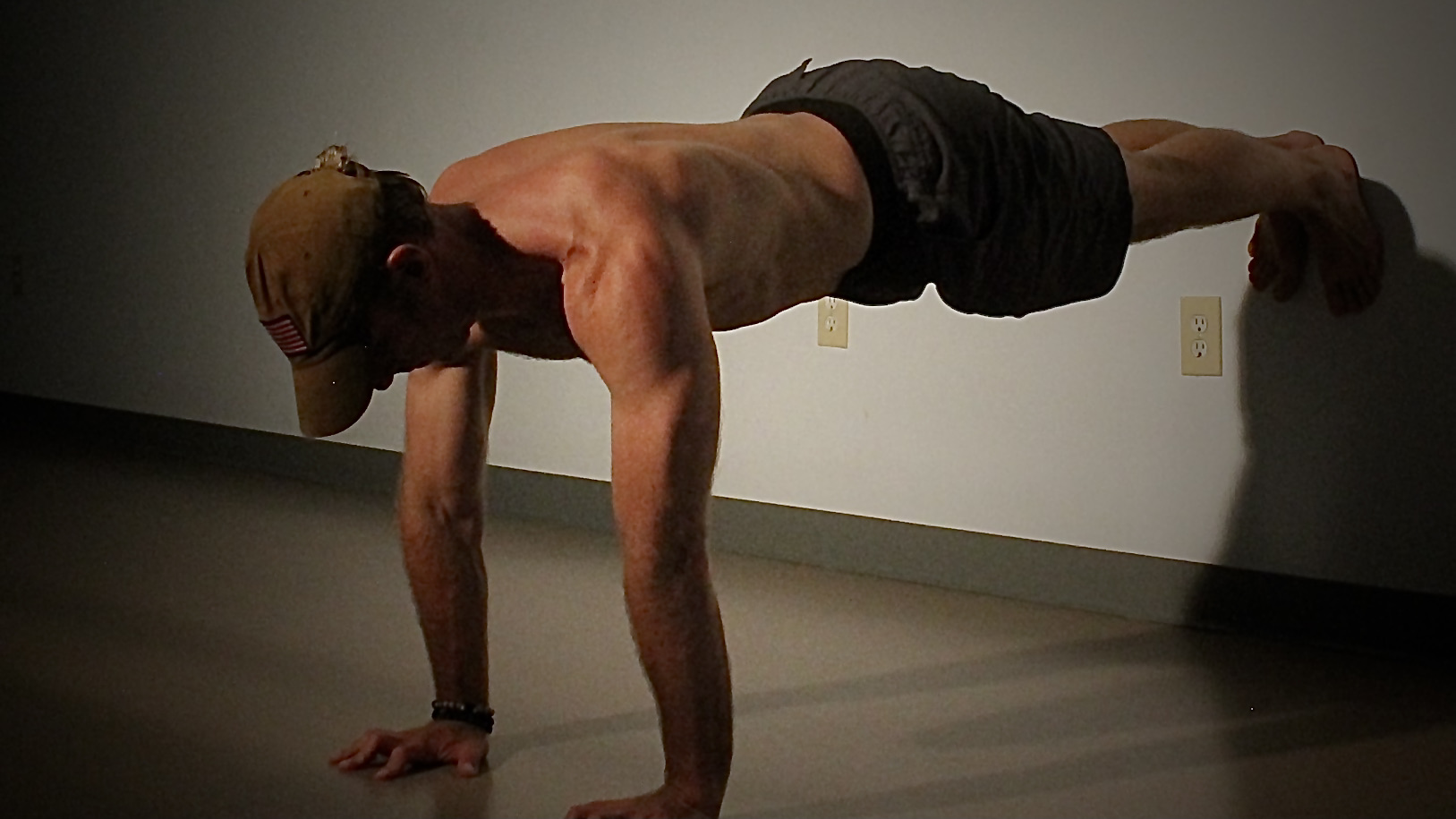A strong core is the foundation of proper movement patterns, injury prevention, and athletic prowess yet deciding which exercises program may pose a challenge. Per usual, we advocate using any training tools, programs, exercises, and modalities that are safe and motivate users to exercise. Spoiler alert: we won’t make an attempt to suggest that any type of core training is inherently better than the others. However, there are nuances when choosing planks or crunches that, once understood, can be leveraged (you’ll get that pun shortly) to provide even more successful workouts.
The Core
Although professionals might disagree slightly on exactly which muscles should be defined as part of the “core”, the generally accepted definition consists of:
- rectus abdominis
- transverse abdominis
- erector spinae
- internal & external obliques
- multifidi
While the rectus abdominis is associated with flexion in the trunk, a crunch or sit up, the transverse abdominis is associated with bracing, or compression of, the spine, like in a plank or while trying to stand tall in mountain pose during yoga class. Our obliques help to rotate us, or laterally flex at the waist, like during bicycle crunches. And the multifidi and erectors help to extend the trunk or brace the spine.
As much as these muscle help us with movement, it might be even more important that they can prevent unwanted movement. Lower back injuries are the most common types of workplace injuries. Properly conditioning the core muscles can help to prevent instances of sciatica, slipped disks, and pulled muscles.
Planks
Planks, “hollow body”, and mountain pose all rely on the proper engagement of the transverse and rectus abdomini. Most thorough, safe, and exciting workout programs will feature planks in some variations. Unlike crunches, sit-ups, back extensions, or bicycle riders, planks require very little extension or flexion in the trunk. Planks, if practiced safely, are a great tool for developing better core strength in athletes, desk workers, laborers, and most of the general public.
Plank good to knows:
- Planking on the hands is great, but if you feel too much work in their wrists, lowering on to the forearms will still challenge the core, and it may provide better stability for those who need it.
- In the plank position the spine is essentially a “support beam”. When you are on your toes and arms, you have to really engage the transverse abs in order to brace the support beam. Lowering to the knees can shorten the “lever” that is providing stress to the spine, and give a much-needed modification..
- Elevated planks, mountain pose, or breathing exercises that stress posture can be great for those who have suffered various injuries, and help build a great foundation for stability strength.
Crunches
The most classic of classic exercises, the crunch. We have all likely used a number of versions of crunches; pause, pulse, full sit-up, oblique crunch, bicycles, v-ups, etc…
A strong core will not only provide safety and vigor, but it can allow us to be nimble, react quickly, and perform at our best. For the footballer to rocket across the field, from side to side, they not only need to have strong legs but a strong core. For a construction worker to load a pile of lumber on their shoulder they need to prevent compression on their spine but also curl their torso under the pile of 2 x 4s and extend the spine into a comfortable walking position. Bracing has its many values, but so does mobility.
When training the core through various planes of motion it is important to remember:
- Safety first, make sure you’re cleared to perform all exercises, and set a foundation of stability first.
- Lower back, neck, or hip discomfort may be contraindications, take a step back and reassess.
- Short time based sets, with rest, is a great way to start to develop yourcore stamina.
- Generally, more challenging compound movements, or heavy weight training, should be done before the core is exhausted.
So…Planks or Crunches?
What you use in your program will always be subjective. Do what excites you, is enjoyable, and engaging; but always change it up. Never fall victim to repeating the same movements which can create muscle imbalances. And don’t forget, the world record for plank is currently 8 hours 8 minutes & 15 seconds..so start training!
*The views and opinions expressed on this website are solely those of the original authors and contributors. These views and opinions do not necessarily represent those of Spotter Up Magazine, the administrative staff, and/or any/all contributors to this site.

